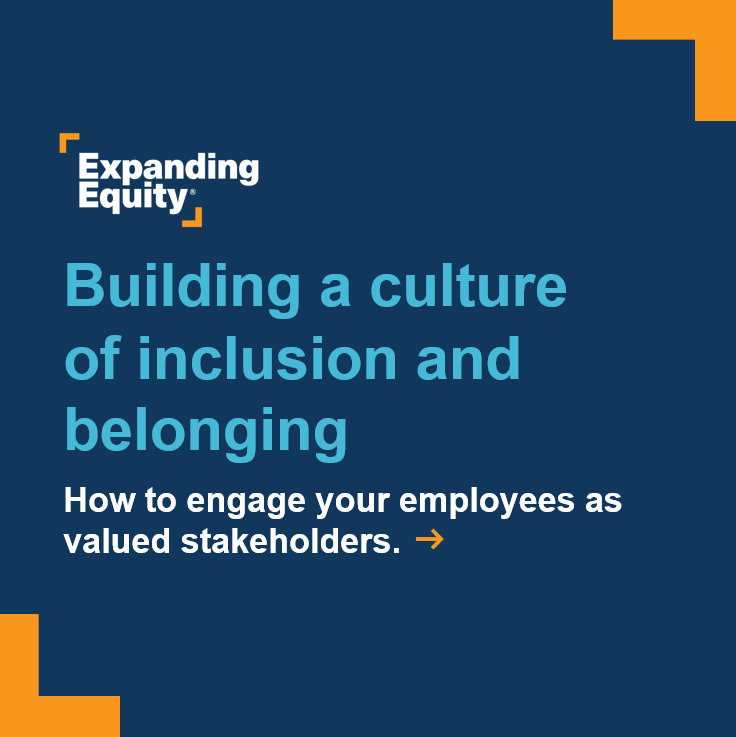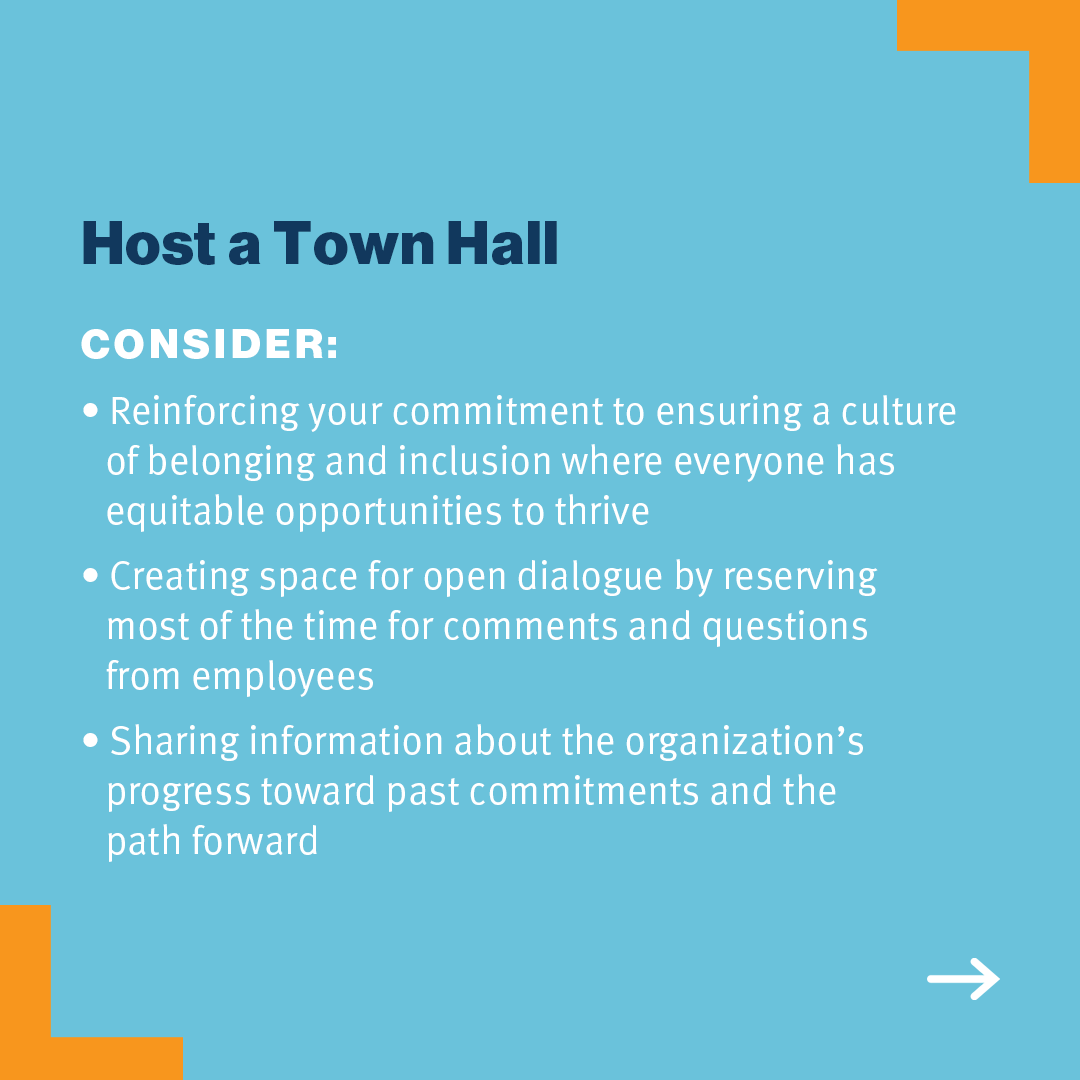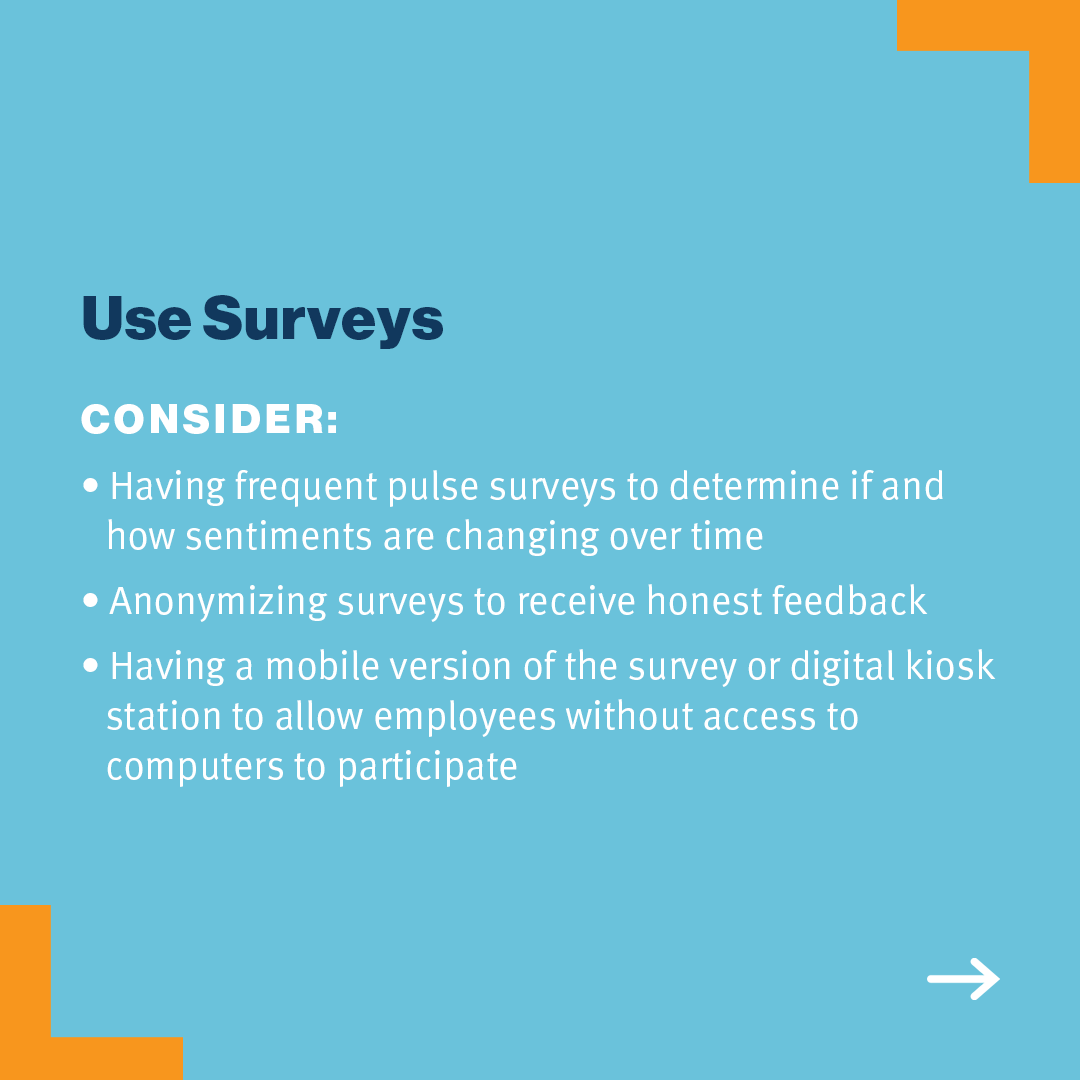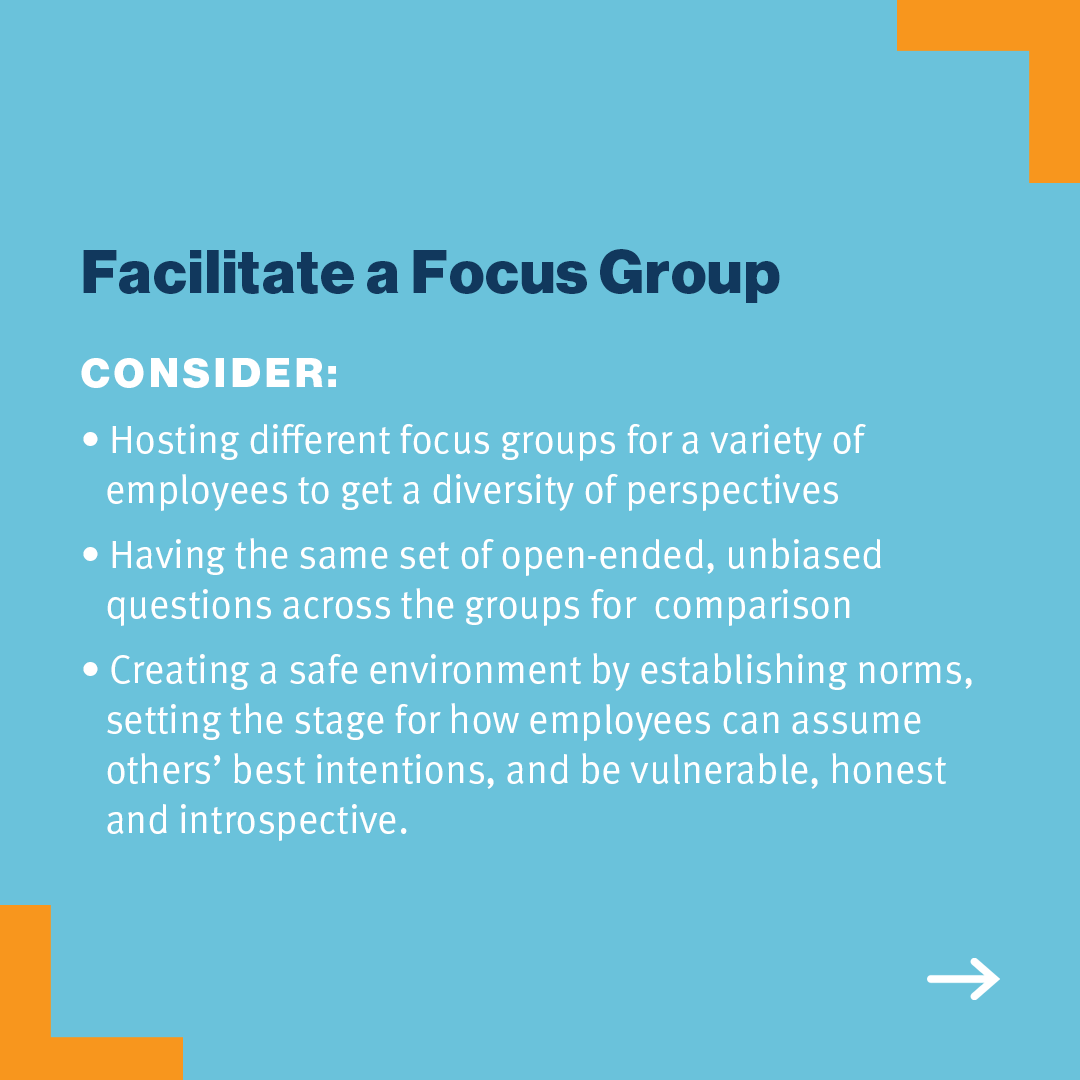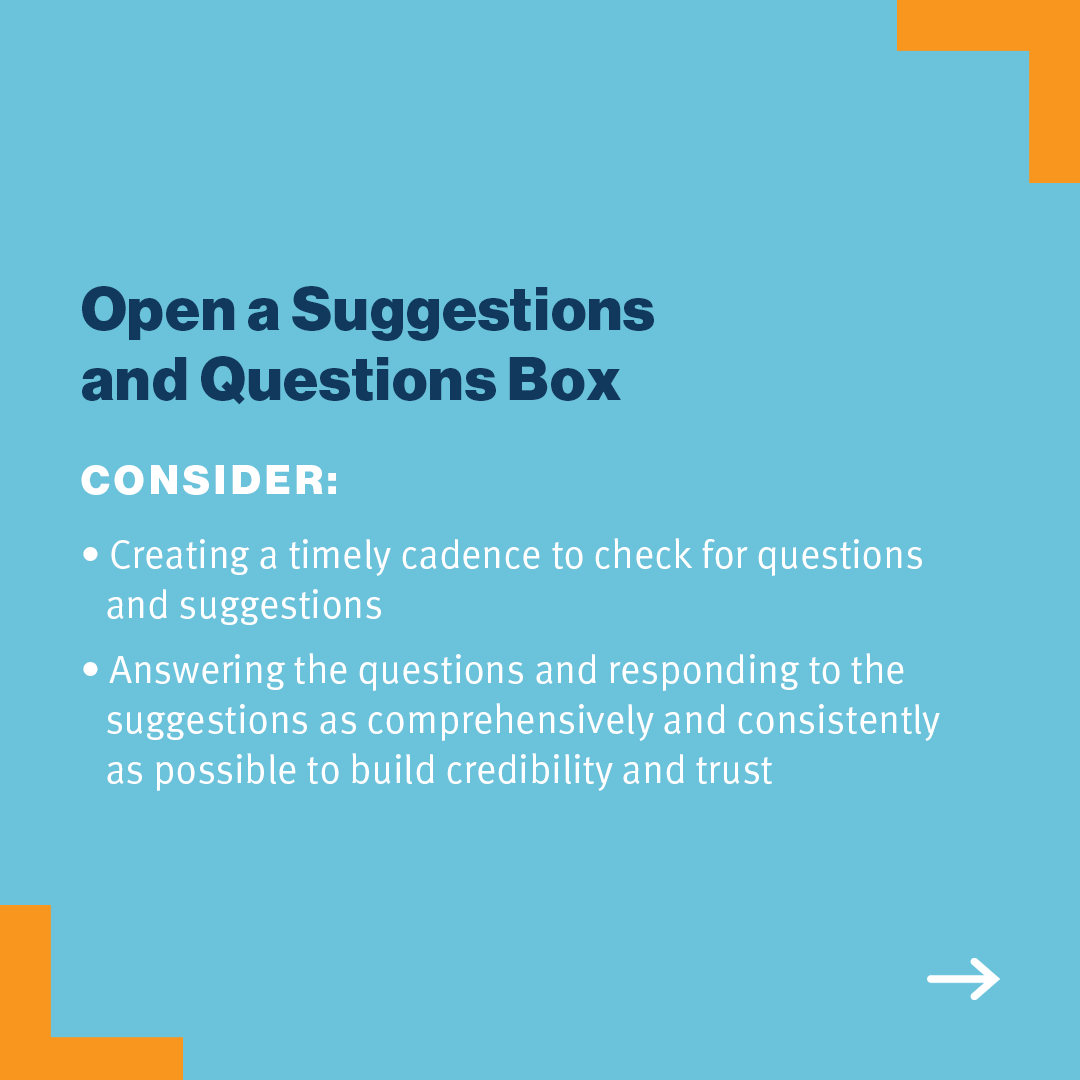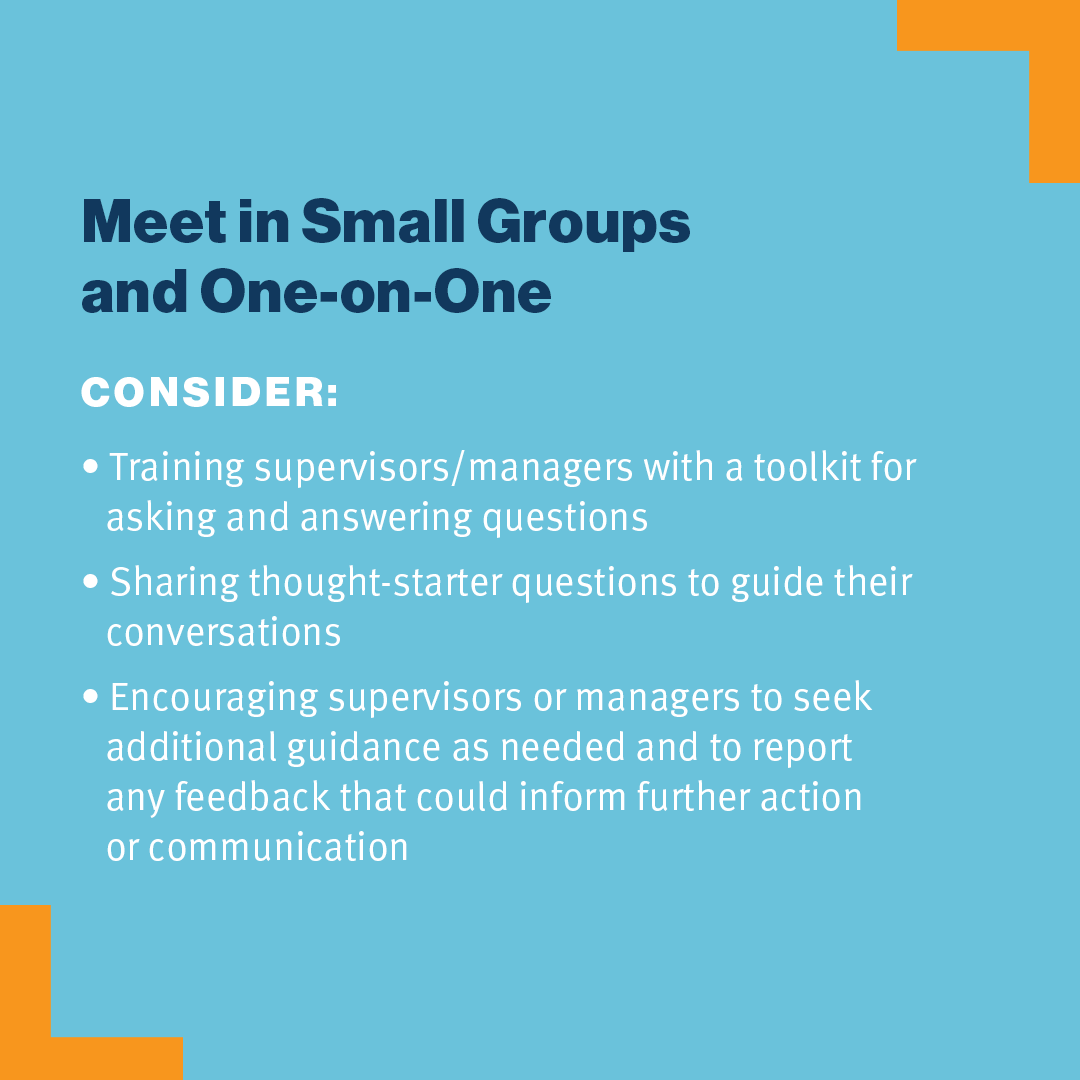Diversity, Equity, and Inclusion (DEI) dynamics in both private and public spheres are rapidly changing and companies are caught between competing pressures. On the one hand, they have a legitimate concern about becoming the target of litigation or backlash that could have a real impact on their bottom line. On the other hand, companies are well aware of the benefits they stand to gain from continuing to advance DEI and racial equity—such as improvements in performance, talent attraction, retention and innovation —often in response to shareholders, employees, customers and other stakeholders who expect continued progress.
In navigating this moment, leaders can (1) reground themselves on why their organization is investing in DEI strategies in the first place, and (2) take a look at existing DEI initiatives to understand where they may evolve and continue to create equal opportunities for all.
Assessing risk will no doubt be part of the conversation. Yet, with the strong business case for DEI efforts, how can organizations ensure the risks of discontinuing certain DEI efforts are given the same weight as the risks of continuing them?
This how-to guide outlines a five-step process for charting a path forward — all while remaining true to your aspirations for creating more diverse, equitable and inclusive workplaces.
Consider this five-step process:
- Get up to speed: Read up on the latest news about DEI.
- Know your stakeholders: Understand your organization’s core stakeholders and how they feel about your DEI efforts.
- Inventory your DEI strategy: Assess your organization’s portfolio of DEI efforts across two dimensions—positive impact and potential negative reactions—to build an action and mitigation plan.
- Decide how you’ll move forward: Invest in communicating and socializing your path forward with the right stakeholders and decision-makers.
- Stay informed: Continuously keep a pulse on changes in the DEI landscape that might alter your perspective on how your organization proceeds with its strategy.
